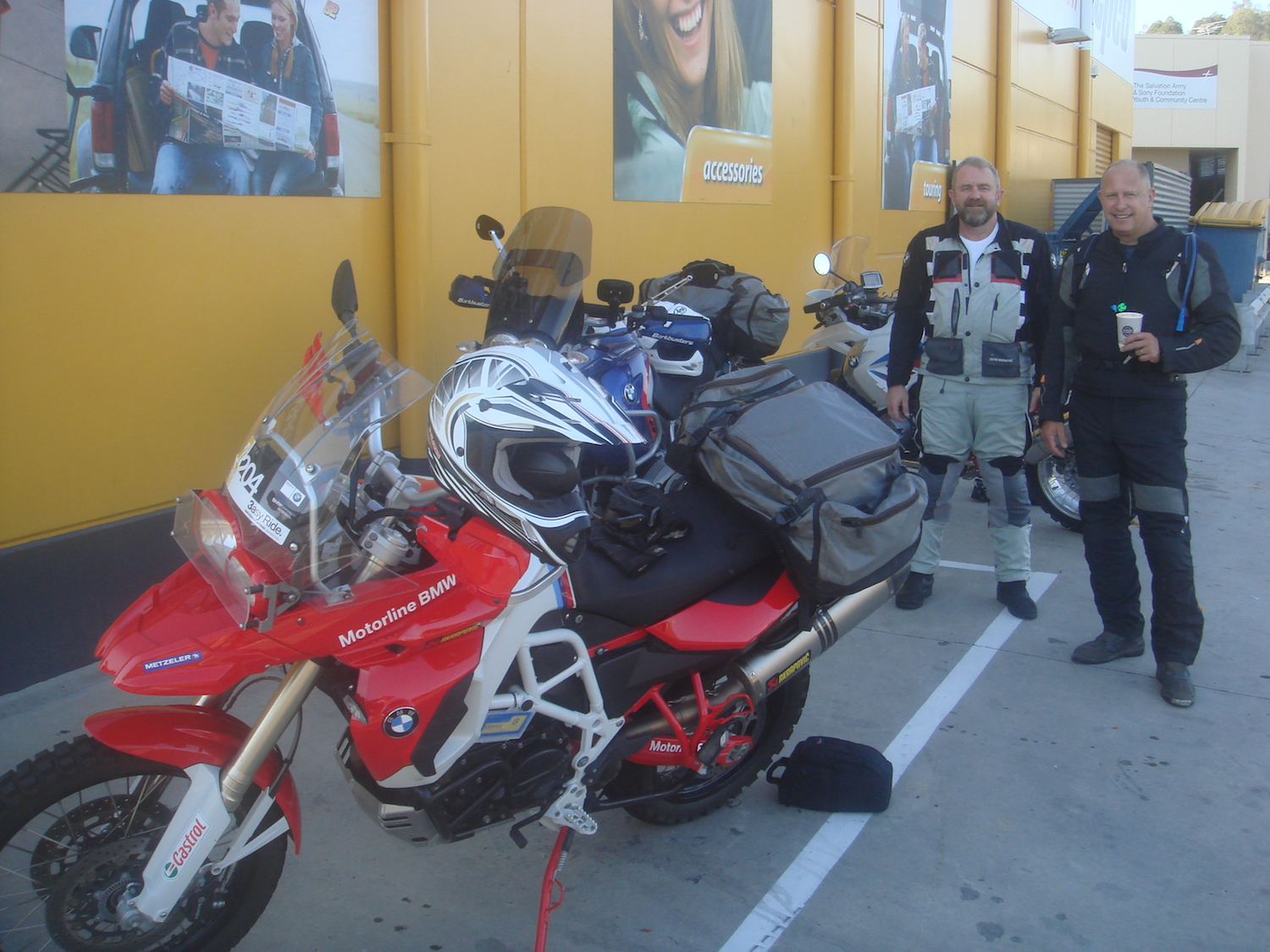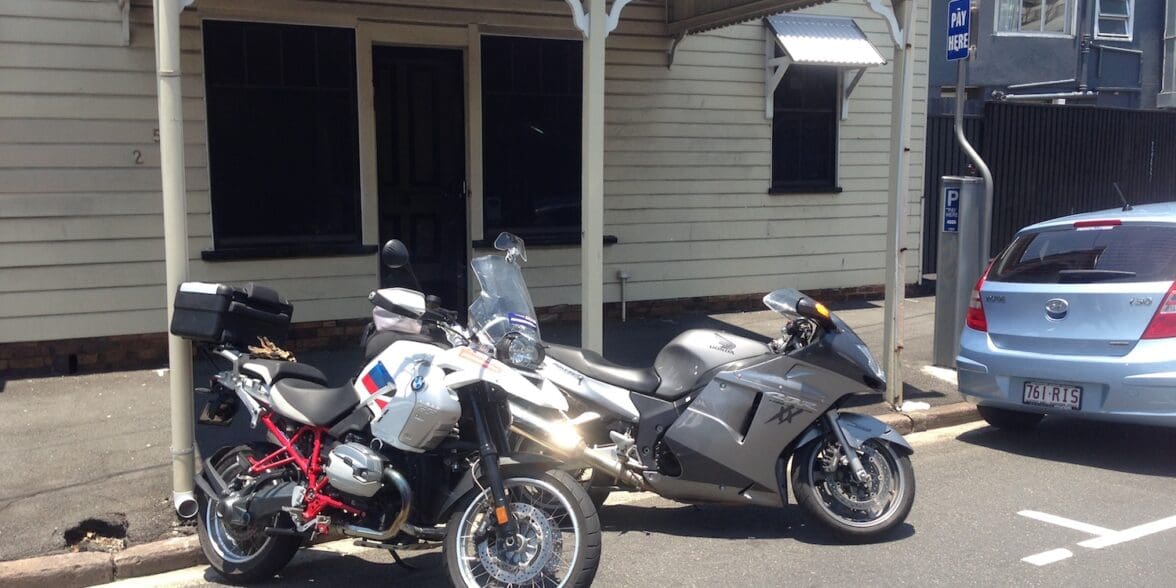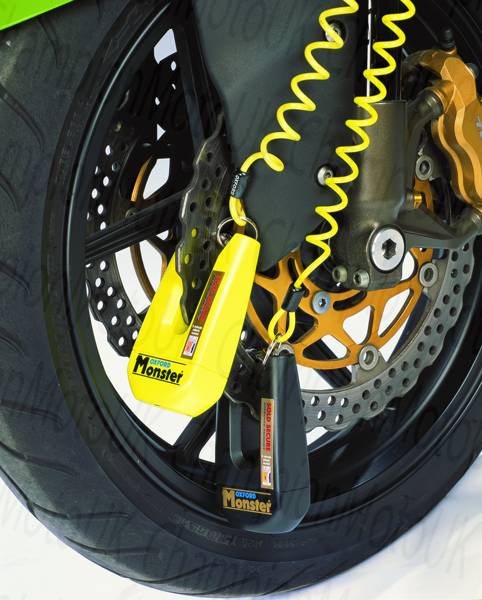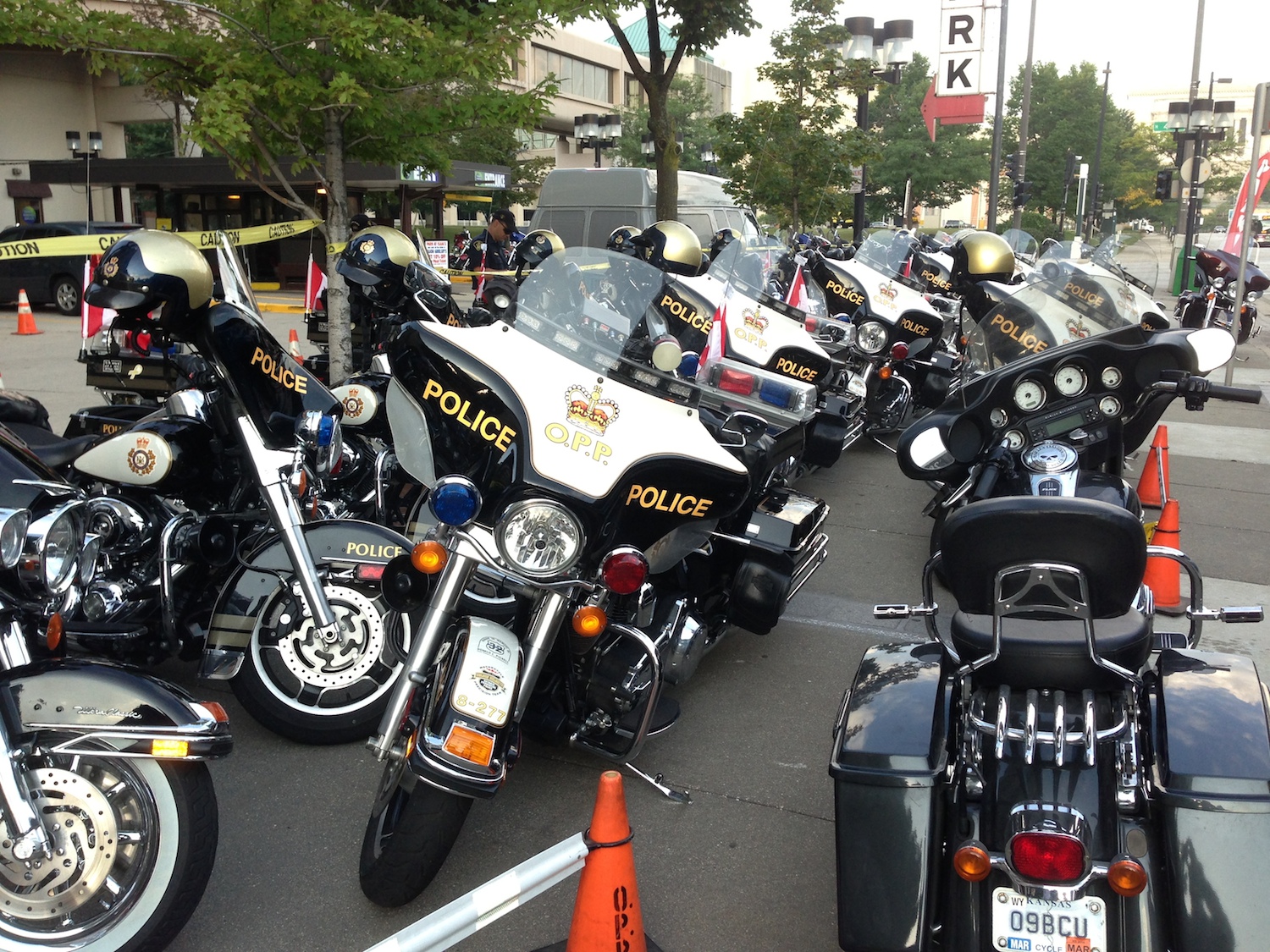You would think parking your bike would be a simple matter of kicking down the side stand and getting off.
But it’s much more complicated than that with issues of mechanics, physics and the law to consider.
HEAVY BIKES
Riders of light bikes don’t have near as much to worry about as people with large bikes such as the Harley-Davidson Ultra that weighs in at a hefty 400kg.
Obviously, you can’t just ride into a park and not consider how you are going to get it out again since it doesn’t have reverse like the equally hefty Honda Gold Wing.
In shopping centres, sometimes you can ride through one parking bay into another so that you are pointing out for an easy exit.
Best advice is not to rush into parking the bike. Stop and consider the situation, work out how to reverse it downhill into the space with enough room to ride out and turn on to the road again.
You not only have to consider the slope of the space, but maybe also the surface. Paddling your bike backwards into a downhill space that is composed of slippery gravel could end in an embarrassing disaster.
You also have to consider the slope of the parking bay and how far your bike is going to lean over when on its side stand. On the left side of the road it will lean over too far and on the right it might not lean over far enough to secure your bike.
On the left side, it shouldn’t be leaning that far over that it could topple on unsteady ground or so you can’t lift it off the side stand again when you want to leave.
I’ve experienced this embarrassing situation. Shortly after getting back on the bike following my recovery from a serious crash, I attended the launch of the BMW K 1600 GT and GTL. I parked in the main street of Murwillumbah which has steeply sloping parking bays and didn’t have the strength in my back to lift the bike off its side stand and had to ask a passing woman to help lift it for me.
The answer in both situations – on the left or right side of the road – is to park closer to 90 degrees from the kerb. However, this leads to the issue of legalities.
Most jurisdictions have a long string of rules about how motorcycles must be parked in parallel and angle parking bays.
In parallel bays, most jurisdictions stipulate that bikes must be parked at 45 degrees to the kerb.
While only the most fascist parking inspector or copper would ever fine you for such a piddling offence, it does happen.
The reason 45 degrees is stipulated is so that it makes the bike visible to passing traffic but it doesn’t stick out too far into the road.
However, so long as you are still within the white-line parameters of the bay, you should be ok.
Also, be aware that bikes with low exhaust pipes such as many cruisers, will get scratched on the kerb when you tip the bike over on its side stand.
Usually angled bays require vehicles to be parked facing in to the kerb, but motorcycles are usually an exception because it can be physically impossible to back them out again. However, there may be other rules that apply, so check up.
There are also other little-known laws to consider. Some jurisdictions actually stipulate that the wheel can’t touch the kerb, that no part of the bike should overhang the footpath, that the bike can’t obstruct access to any driveway (even your own!), and that it must be a certain distance from corners, post boxes, hydrants (in the US), rubbish bins, traffic lights, etc.
Best to brush up on these laws in your area which are usually well documented on the web.
 SECURITY
SECURITY
There are also laws about securing your bike.
For example, I have known fascist coppers to book riders for leaving the keys in their bike even though they are sitting at a cafe admiring their bike as they sip their lattes.
In Queensland, the rule is that you can’t be 3m from your bike if the keys are still in the ignition.
Securing your vehicle also requires you to ensure it won’t fall over and injure someone or damage property.
Put it in gear so it won’t roll off the stand. Some scooters also have a parking brake because CVT is always in neutral when stopped. Make sure it’s on. I’ve made the mistake of not using it and the scooter rolled off the side stand, resulting in a $4000 damage bill. Also, rock the bike back and forth just to make sure it won’t move. Sometimes they can move a little in gear if there is little compression and it might just be enough to roll off the sidestand.
Make sure the side stand works properly and that it is anchored on firm ground. Some riders take a piece of wood or metal to place under the side stand. You can also buy special hard-plastic “pucks” for your side stand or get permanent broader footprint for the stand. On steep slopes you may also want to chock one or more wheels with a rock.
If you don’t trust the side stand you may consider putting it on its centre stand, if it has one. However, remember that if you are pointed up hill it may be difficult to rock it forward off the centre stand. I’ve also found that on slippery surfaces such as painted concrete, sand or gravel, it can be difficult to push the bike off its centre stand as it just slides along.
Centre stands may look secure, but you should check that the bike is perpendicular when deployed and that the centre stand is on secure ground. Sometimes they can lean dangerously in hot, melting bitumen.
To prevent theft, secure the bike with the steering lock if it has one and maybe a disc lock if you own one. The best disc locks have a cord to the handlebars so you don’t forget to unlock it before riding off … with drastic consequences!
Your bike could still be stolen by a couple of strong thieves who can lift out into the back of a truck, so you may want to consider chaining it to a fixture such as a pole.
For extra security try to find a parking spot under a street light at night, or within sight of where you will be, or in the focal range of a security camera.
 WHERE TO PARK
WHERE TO PARK
Many cities and shopping centres now have free and paid parking spots specially designed for bikes but the rules about staying within the lines may still apply.
If you chose to park in a car bay, there may also be rules governing how many bikes can share the space. This is because if you overstay the meter, it then becomes difficult for the parking inspector to work out which bike is at fault and they have been known to ticket all bikes.
To find free motorcycle parking areas, check the web. There are also special free motorcycle parking apps available. In Australia, try the MCNetwork directory.
Some mature and forward-thinking cities, such as Melbourne and many American cities, allow footpath parking.
It’s free, it’s abundant, it helps free up bays for cars and often it’s more secure than parking on the roadside.
However, there are still plenty of rules governing footpath parking.
The most important and the most contravened is that you can’t ride on to the footpath to park, nor ride off the footpath when leaving.
You are required to dismount and wheel your bike on and off the footpath.
There are also rules about orientation (usually parallel to the kerb) and how far you can park from post boxes, buildings, kerbs, disabled parking bays, manhole covers, rubbish bins, footpath cafes, etc. You also have to ensure pedestrian access is not impeded which is a vague term that can be at the parking inspector’s discretion.
Do the right, responsible and considerate thing and these cities will preserve footpath parking.
In Melbourne, there have been calls to overturn the laws despite the fact that there have been only a handful of complaints.
Footpath parking is more likely to be permitted in the suburbs, but even though that seems reasonable, it is not permitted in some jurisdictions, so you’d better check.




 WHERE TO PARK
WHERE TO PARK